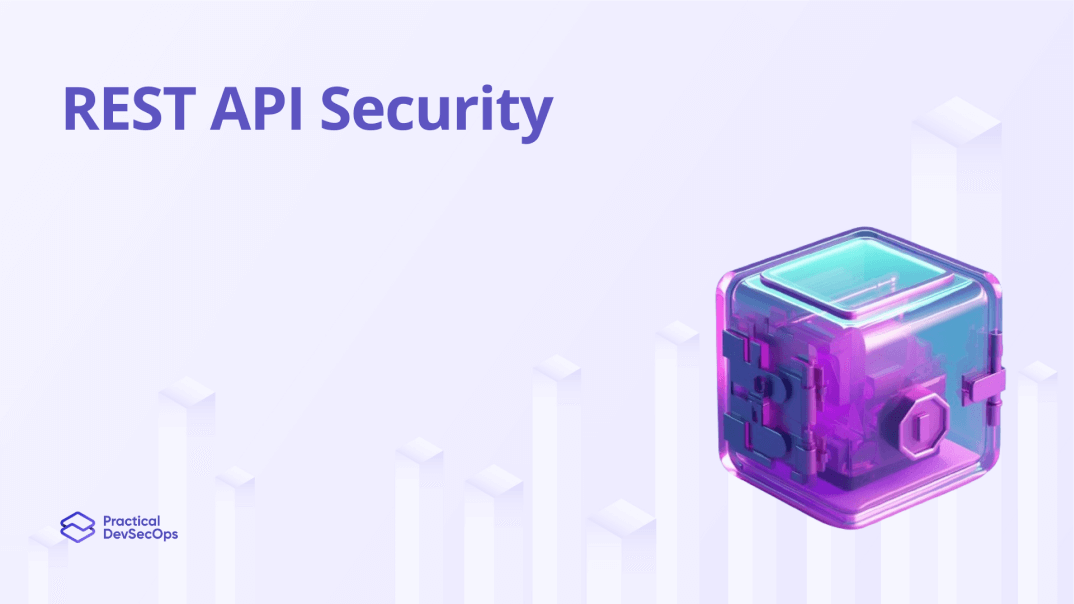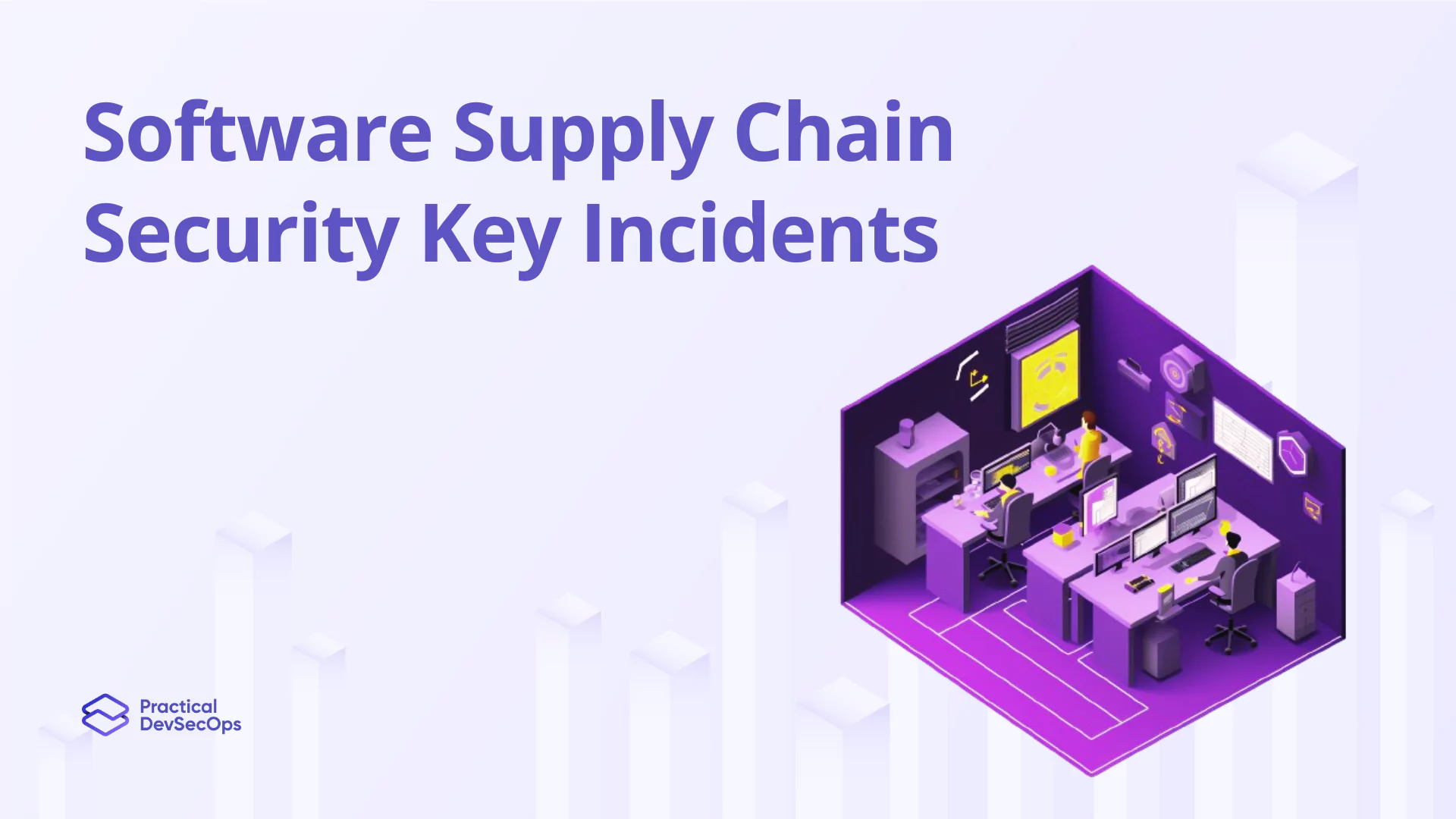As applications increasingly rely on web services to exchange data and functionality, the security of these services becomes paramount. Representational State Transfer (REST) is a popular architectural style for designing web services. REST APIs serve as the backbone for communication between clients and servers in a RESTful architecture. In this article, we will explore REST API security, discuss its importance, and highlight best practices to safeguard your data and resources.
What is REST API Security?
REST API security refers to the protective measures implemented to prevent unauthorized access, data breaches, and other security risks in systems that rely on RESTful web services. It involves establishing robust authentication and authorization mechanisms, validating input data, protecting sensitive information, and ensuring secure communication between clients and servers.
REST API security encompasses various layers, including network security, authentication, access control, input validation, encryption, and more. By addressing each of these layers, organizations can build secure and resilient REST APIs, safeguarding their data and ensuring the integrity of their systems.
Importance of REST API Security
Proper security measures for REST APIs are essential because:
- Prevention of Unauthorized Access: REST APIs often expose critical resources and sensitive data. Without adequate security, unauthorized users could gain access to sensitive information or manipulate system resources, leading to data breaches, service disruptions, or even financial losses.
- Protection of Data Integrity: REST APIs handle data exchanges between clients and servers. Ensuring the integrity of this data is vital to prevent tampering, injection attacks, or unauthorized modifications that could compromise the reliability and accuracy of the information.
- Mitigation of Denial of Service (DoS) Attacks: REST APIs are often subjected to denial of service attacks, where excessive requests overwhelm the server and disrupt its availability. By implementing proper security measures, including rate limiting and traffic monitoring, organizations can prevent or mitigate these attacks.
- Compliance with Regulatory Standards: Many industries have regulations in place to ensure the security and privacy of user data. By implementing proper REST API security measures, organizations can meet these compliance requirements and build trust with their customers.
Best Practices for REST API Security
To ensure the security of your REST API, consider implementing the following best practices:
1. Authentication and Authorization
- Utilize strong authentication mechanisms, such as bearer tokens, OAuth, or JSON Web Tokens (JWT).
- Employ granular access controls to restrict access to certain resources or actions within the API.
- Implement robust user management and enforce password security practices.
2. Secure Communication
- Protect the communication channel using HTTPS/SSL/TLS to encrypt data in transit.
- Disable insecure communication protocols, such as HTTP, and enforce secure connections.
3. Data Validation and Sanitization
- Validate and sanitize all input data and parameters to prevent injection attacks, such as SQL injection or cross-site scripting (XSS).
- Implement proper input validation checks to ensure data integrity and protect against malicious payloads.
Also Read, Guide to API Penetration Testing
4. Rate Limiting and Throttling
- Implement rate limiting to control the number of requests from a client within a certain time frame, preventing abuse or DoS attacks.
- Apply throttling to limit the number of requests a client can make in a given period, ensuring fair allocation of resources.
Also Read, API Security Testing and its Best Tools
5. Error Handling and Logging
- Implement secure error handling mechanisms to prevent sensitive information from being exposed in error responses.
- Enable detailed logging of API activities and monitor logs to identify potential security incidents or abnormalities.
6. Secure Storage of Credentials and Secrets
- Safely store and manage credentials and API keys by utilizing secure credential management systems, such as key vaults or encrypted databases.
- Avoid hard-coding credentials within the codebase to prevent accidental exposure.
7. Regular Security Testing and Auditing
- Conduct regular security testing, including vulnerability assessments and penetration testing, to identify and address any weaknesses or vulnerabilities.
- Perform security audits to ensure compliance with industry standards and best practices.
8. Implementing Role-Based Access Control (RBAC)
RBAC allows for the fine-grained control of user permissions and access levels to different resources within the API. By assigning roles based on user responsibilities, organizations can ensure that only authorized individuals can access and manipulate specific resources.
9. Implementing Two-Factor Authentication (2FA)
Two-factor authentication adds an extra layer of security by requiring users to provide a second form of verification, such as a code sent to their mobile device, in addition to their username and password. This helps mitigate the risk of unauthorized access, even if the user’s credentials are compromised.
10. Regular Updates and Patch Management
Keeping the REST API and all related components up to date is crucial for maintaining security. Updates often include bug fixes and security patches that address newly discovered vulnerabilities. It is essential to regularly apply updates to all software components involved in the API to ensure the latest security measures are in place.
Also Read, Quick Guide to API Security Management
11. API Security Gateway
Implementing an API security gateway can provide an added layer of protection for REST APIs. These gateways act as a centralized point for authentication, authorization, and validation of API requests. They can enforce security policies, control access, and provide logging and auditing capabilities.
Also Read, Guide to API Security Management
Real-World Example: Securing a Banking REST API
Imagine a banking institution that provides a REST API to facilitate account services for its customers. To ensure secure transactions and protect customer data, the bank implements rigorous REST API security measures. They employ OAuth for authentication, enforcing strong passwords and implementing role-based access controls. The API is protected using HTTPS, and all data input is thoroughly validated and sanitized to prevent any form of injection attacks. Error handling responses are carefully crafted to avoid leaking sensitive information. Regular security testing and audits are conducted to identify and mitigate any potential vulnerabilities.
Also Read, API Security Trends of 2024
Conclusion
REST API security is vital for protecting data integrity, preventing unauthorized access, and ensuring compliance with regulatory standards. By following best practices and implementing robust security mechanisms, organizations can secure their REST APIs, safeguarding their data and ensuring the integrity of their systems.
Interested in API Security Hands-On Upskilling?
Practical DevSecOps offers an excellent Certified API Security Professional (CASP) course with hands-on training through browser-based labs, 24/7 instructor support, and the best learning resources to upskill in API security.
Start your journey mastering API security today with Practical DevSecOps!
Download Free E-book on API Security






0 Comments